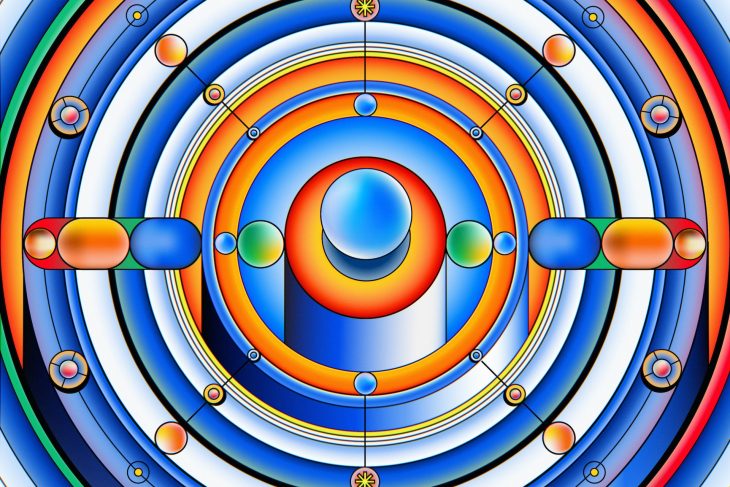
Japanese, Korean, and Chinese languages are some of the most widely spoken languages in the world. While they may look similar on the surface, there are key differences between them that affect their pronunciation and grammar. Here’s a brief overview of how these three languages differ from one another.
Exploring The Differences Between Japanese, Korean, and Chinese Languages
Japanese, Korean, and Chinese languages have been around for centuries and have distinct similarities as well as differences that can be explored. These three languages, often referred to as the “Three Asian Languages,” are part of the Altaic language family which encompasses many languages including Mongolian, Manchu, Uyghur, and Turkish. All three languages share similar writing systems, grammar structures, and some vocabulary.
The clearest difference between these three languages is in their spoken forms. Japan translation services, Korean and Chinese have different phonetic systems which means that some words sound quite different despite being written in the same way. For instance, the word for “book” is written as 本 in Japanese and 본 in Korean, however they are spoken very differently. In Japanese, it is pronounced as ‘hon’ whereas in Korean it would be pronounced as ‘bohn’. This difference can make understanding each other difficult if the two speakers are not fluent in the language of the other.
Another major difference between these three languages is the amount of loanwords or words borrowed from other languages. In Korean, there are many words that have been taken from Chinese and Japanese but with different pronunciations. For example, the word for “teacher” in Korean is 선생님 (seonsaengnim) which comes from the Chinese and Japanese words for “teacher” (先生, sensei).
While Japanese, Korean, and Chinese have many similarities in terms of grammar structure, vocabulary and even pronunciation, there are distinct differences between them. These differences can make communication difficult if two speakers do not share a common language. Knowing the differences between the three languages can be helpful for anyone looking to learn one of them or to communicate with someone who speaks any of these languages.
Thus, exploring the differences between Japanese, Korean, and Chinese Languages is essential for anyone looking to understand the similarities and distinctions among these three Asian Languages. By understanding the linguistic diversity of these three language families, one can gain insights into the cultural differences and become better equipped to converse with speakers of each language.
With this in mind, it is important to remember that each language has its own unique history and culture and should be respected accordingly.
The written forms of Japanese, Korean and Chinese languages may also look quite similar, but the spoken versions are so different that it can be difficult to understand each other even if one is familiar with all three languages. By studying and exploring the differences between these three Asian Languages, one can gain insights into the cultural and linguistic diversity of Asia as a whole. This can help bridge any gaps in communication or understanding between people from various backgrounds. With this knowledge, one can confidently communicate with anyone who speaks these three languages and be better prepared to greet them in their own language. Ultimately, understanding the differences between Japanese, Korean and Chinese Languages is a valuable step to take for anyone looking to learn more about these Asian cultures.
Unraveling the Mysteries of East Asian Languages: A Look at Japanese, Korean, and Chinese
East Asian languages have long been a source of fascination for linguists and language enthusiasts alike. The three main languages spoken in East Asia — Japanese, Korean, and Chinese — are all profoundly different yet deeply connected. In this article, we will take a look at how these distinct yet intertwined languages evolved over time and what makes them so intriguing.
Japan, Korea, and China have staunchly maintained their distinct cultural identities throughout history while sharing certain linguistic influences. For example, all three languages are written in Chinese characters (known as kanji in Japan, hanja in Korea, and hanzi in China). The vast majority of East Asian words have a Chinese origin and use Chinese characters for their written forms, which explains why many words in each language share the same meaning.
However, despite these commonalities, each language has developed its own unique characteristics over time. Japanese is famous for its extensive use of honorifics and politeness levels that are used to show respect and establish social hierarchy. Korean has a unique system of double consonants and vowels, giving it a smoother sound than its East Asian counterparts. Chinese is the most popularly spoken language in the region and uses tones to distinguish between meanings.
In addition to their distinct writing systems, Japanese, Korean, and Chinese also have different grammars that set them apart from each other. For example, Japanese places emphasis on verb conjugation and uses postpositions instead of prepositions like in English. Korean syntax is largely SOV (subject-object-verb) whereas Chinese relies heavily on noun modifiers that come before or after the noun they refer to.
Unraveling the mysteries of East Asian languages can be daunting, but it is also an incredibly rewarding experience. Each language has its own unique beauty that can only be fully appreciated by learning more about them. With a better understanding of the differences between Japanese, Korean, and Chinese, one can truly appreciate the nuances of each language and its importance in East Asian history.





